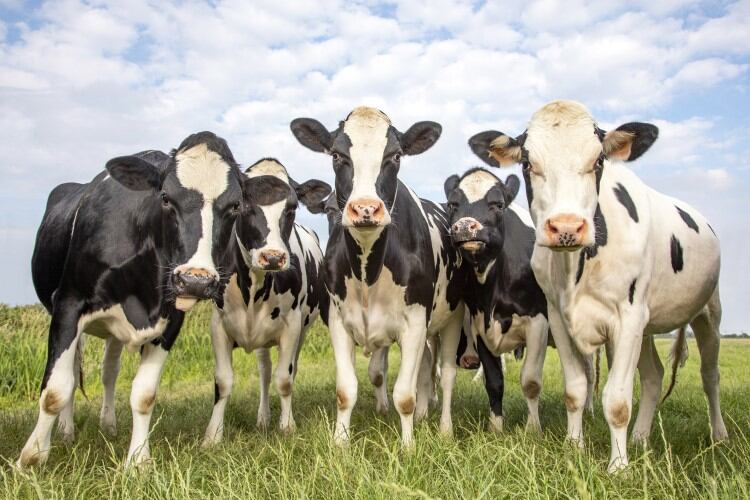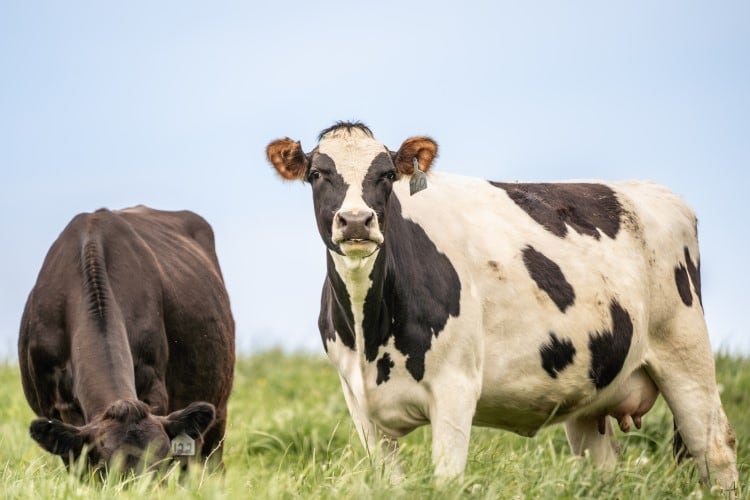In 2021, methane became the second largest contributor to human-caused global warming, second only to carbon dioxide1. Agriculture is the main source of methane emissions, with livestock farming contributing around 32% of the total. Ammonia is also prevalent, the sector contributing 94% of the total human-caused ammonia emissions. Other harmful gases, such as nitrous oxide, are formed during the microbial degradation of ammonia – for example, during the application or storage of slurry.
To minimize emissions from slurry, the European Commission has mandated that EU member states must reduce the overall ammonia emissions by 19% by 2030, while at the United Nations COP26, more than 100 countries, including the US and the EU bloc, committed to reducing methane emissions by at least 30% by 2030. From feed additives to slurry storage systems, scientists and product developers have been scrambling to find new ways that could reduce ag emissions in the long run.
But a study initiated by Felix Holtkamp, a PhD student at the University of Bonn in Germany, has shown that another solution could be available right now.
Calcium cyanamide
Holtkamp, supported by his scientific supervisor Dr. Manfred Trimborn and Dr. Joachim Clemens from fertilizer manufacturer SF-Soepenberg GmbH, has discovered that treating slurry with calcium cyanamide led to significant long-term emissions reductions.
Calcium cyanamide - a chemical commonly used in agriculture as a nitrogen fertilizer - has emissions-reducing effects on nitrous oxide and methane, right after the chemical is applied to soil.
The researchers wanted to assess how these emissions-busting properties could translate when the chemical was added directly to pig and dairy cattle slurry, and how long the effects of the treatment could last.
More than 99%
The experiment involved adding two different concentrations of calcium cyanamide to glass bottles filled with either pig or dairy cattle slurry. After treatment, the bottles were hermetically-sealed, with two plastic tubes used to either transport pure nitrogen or the outgoing gas mixture.
The dissolved gasses were stripped and collected in gas bags to ensure that gas concentrations measured during and after storage could be attributed to the application of the chemical. The bottles were then stored in darkness for 26 weeks – in line with the statutory minimum period for slurry storage in Germany - at ambient temperature whilst covered in aluminum foil and being attached to new gas bags.
The experiment proved that calcium cyanamide suppressed the production of methane by more than 99% in dairy cattle and by at least 81% in pig slurry. Nitrous oxide production was also lowered, by 80% in pig slurry and by at least 60% in cattle slurry. Meanwhile, it was measured that the calcium cyanamide’s reducing effect kicked in within 45 minutes of application.
Source:
Calcium cyanamide reduces methane and other trace gases during long-term storage of dairy cattle and fattening pig slurry
Felix Holtkamp, et al
Published: April 2023
DOI: 10.1016/j.wasman.2023.02.018




